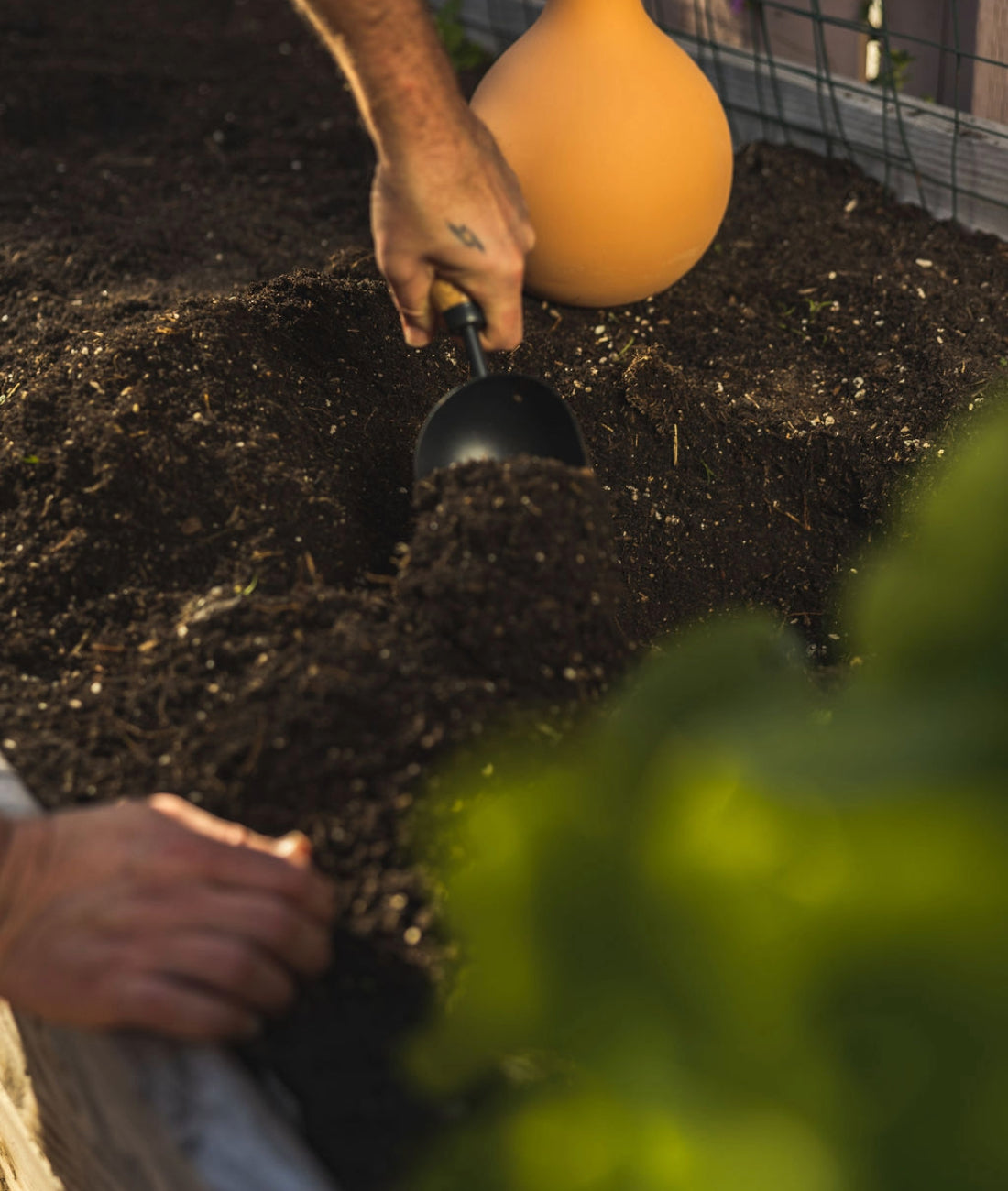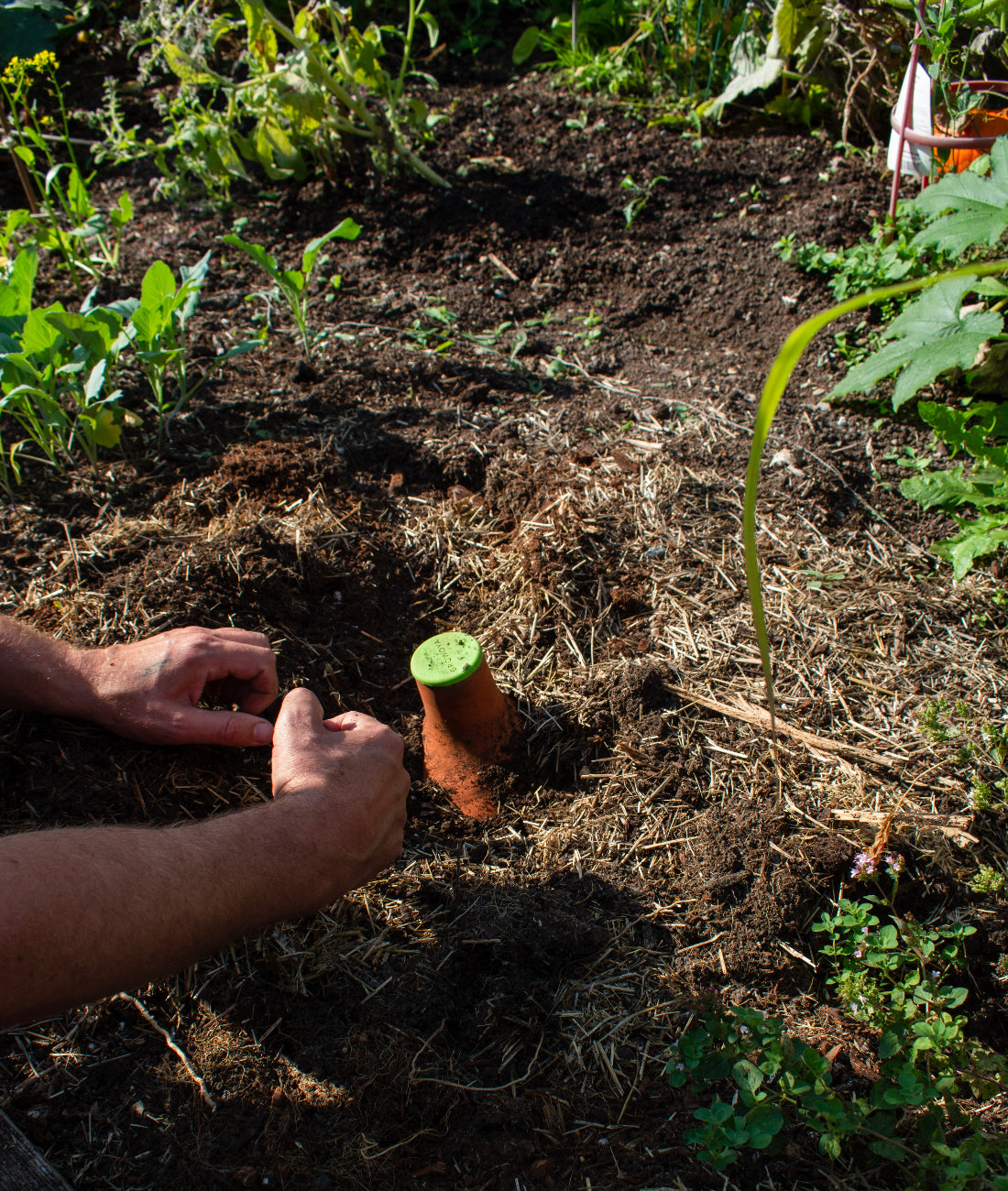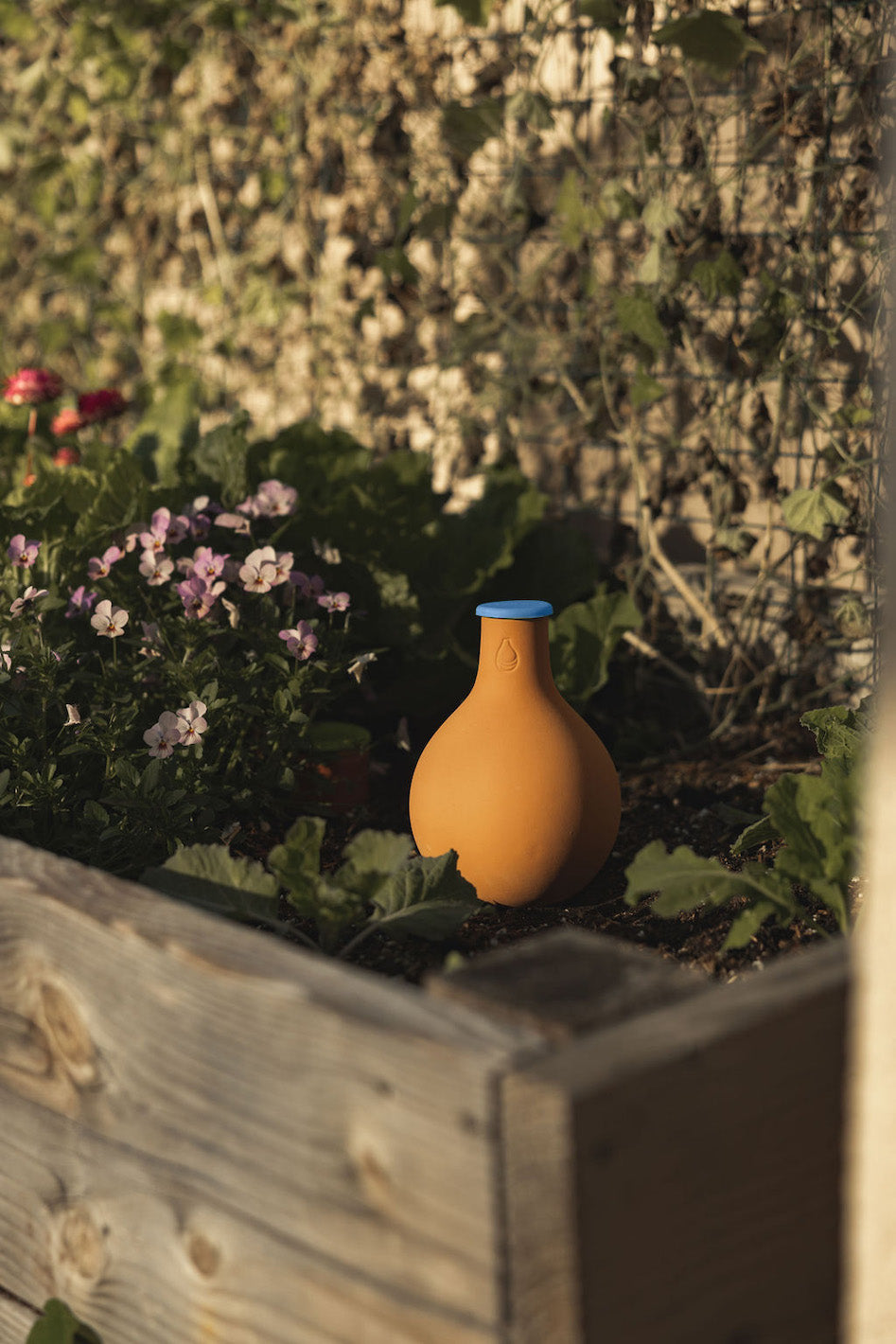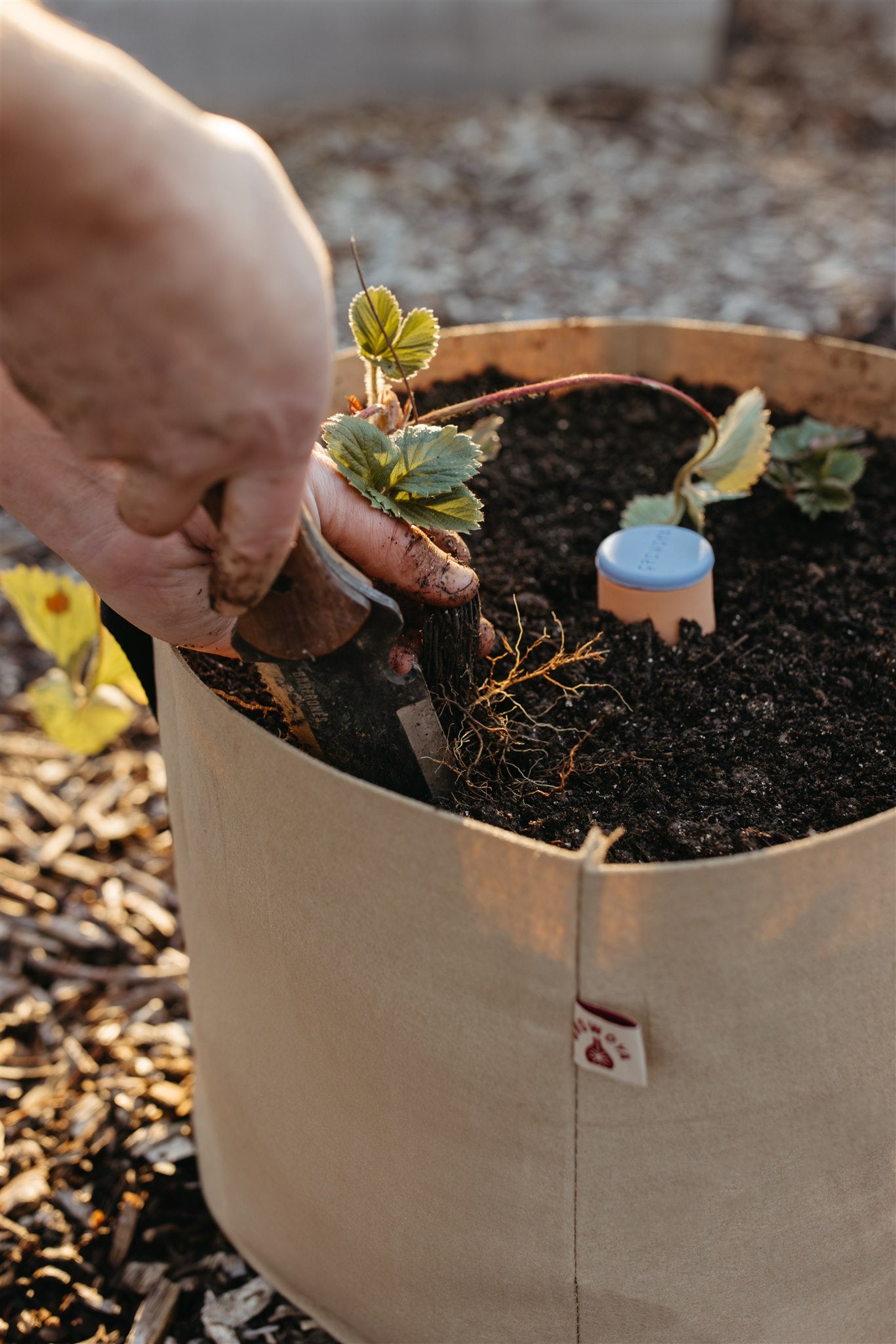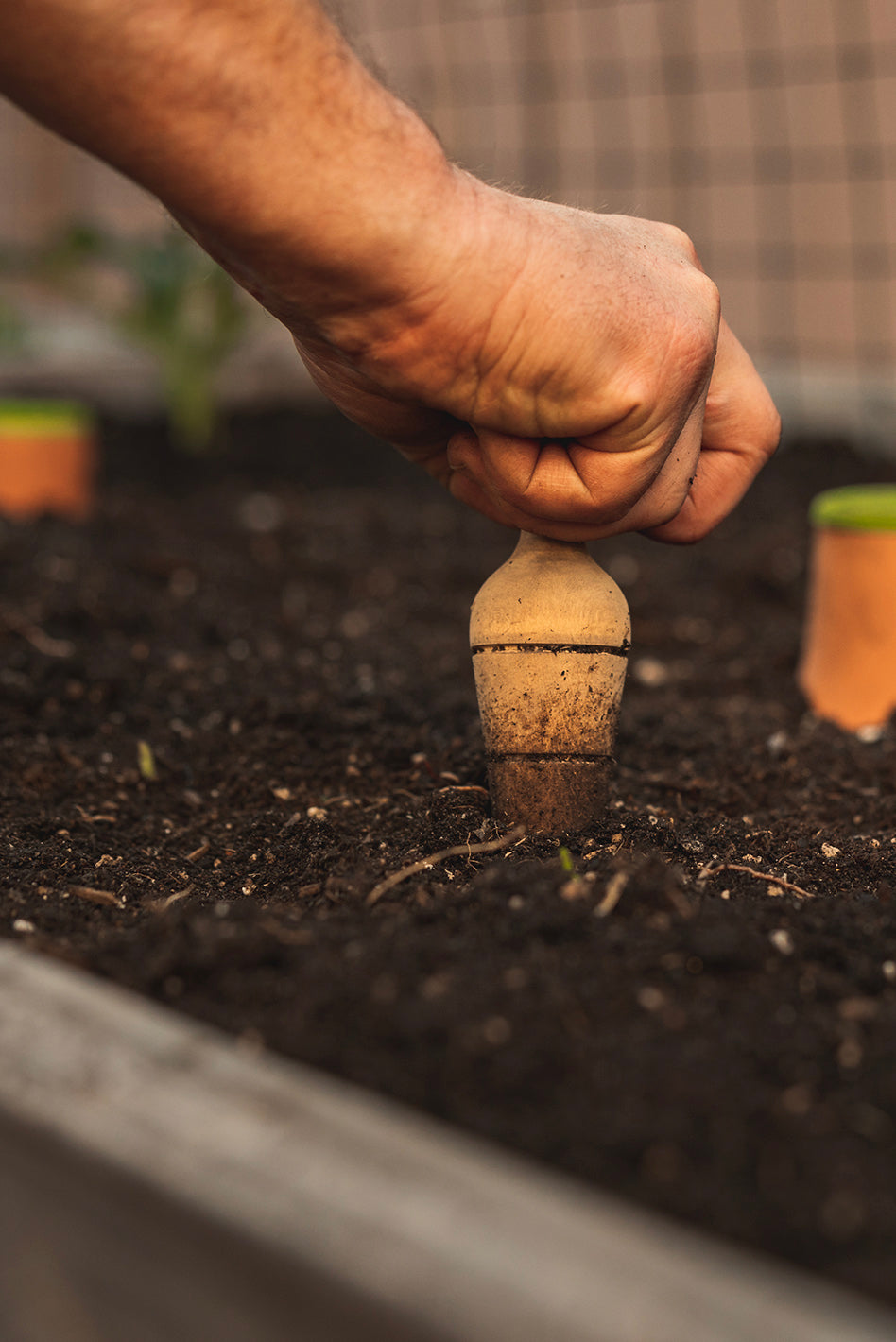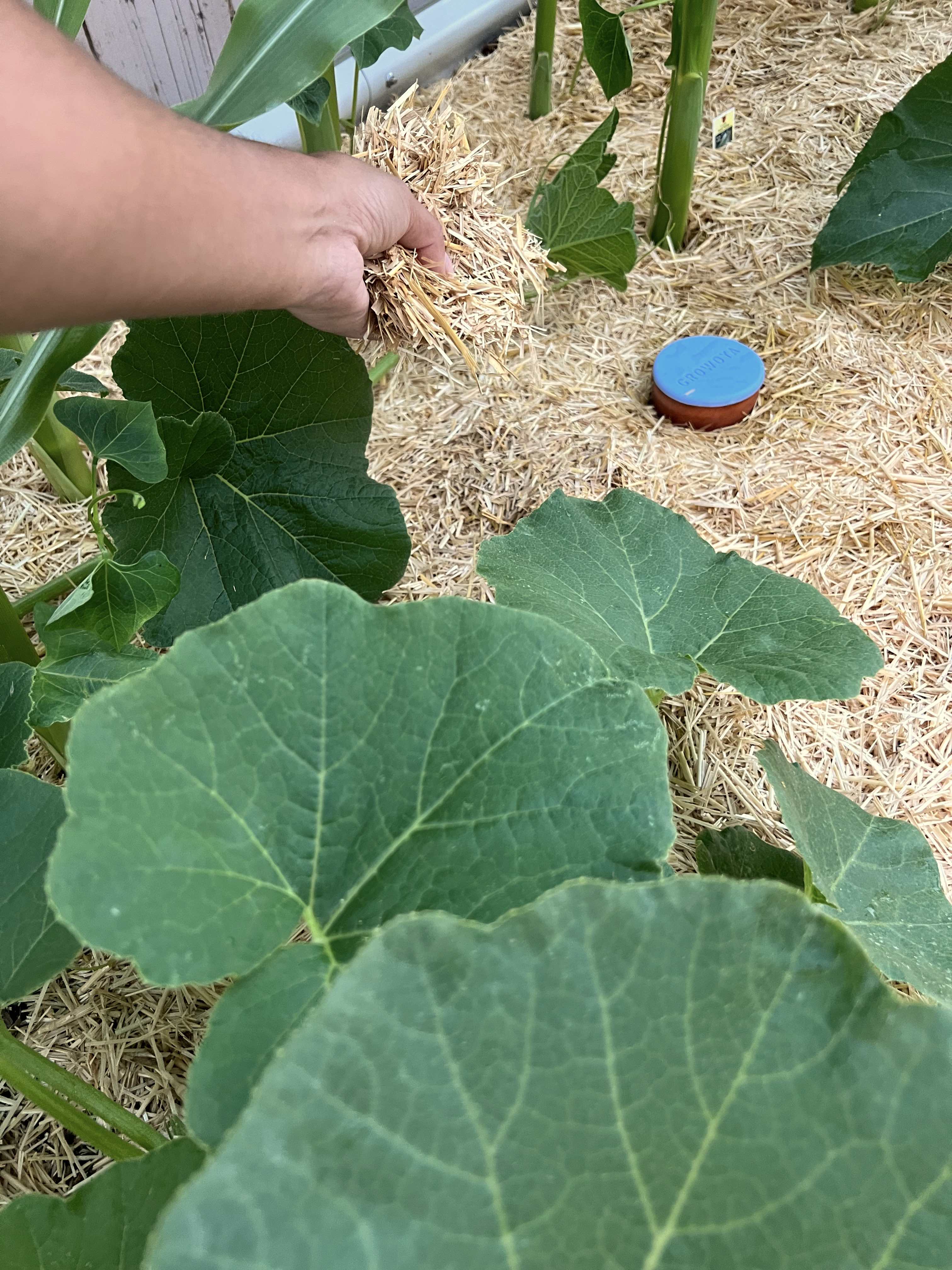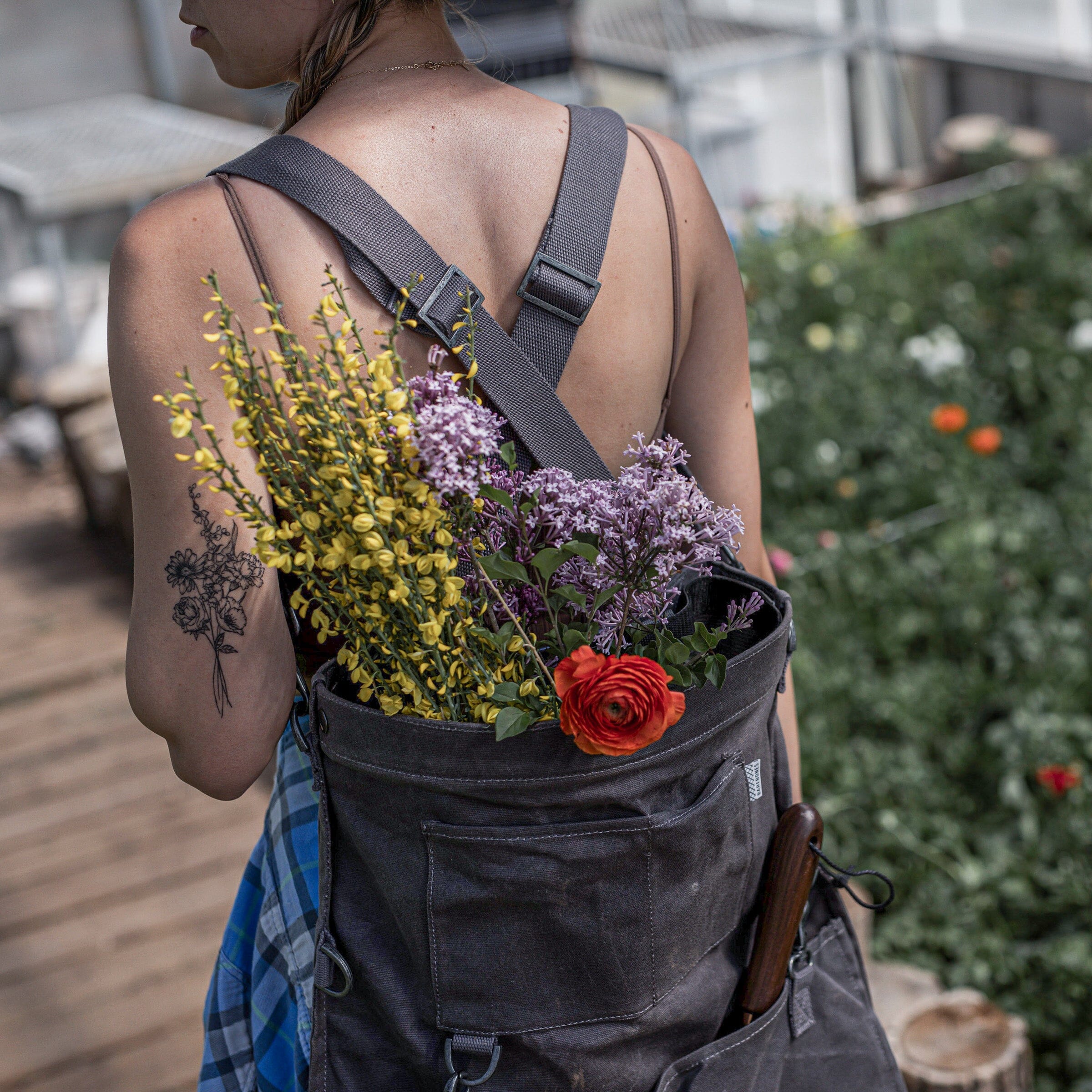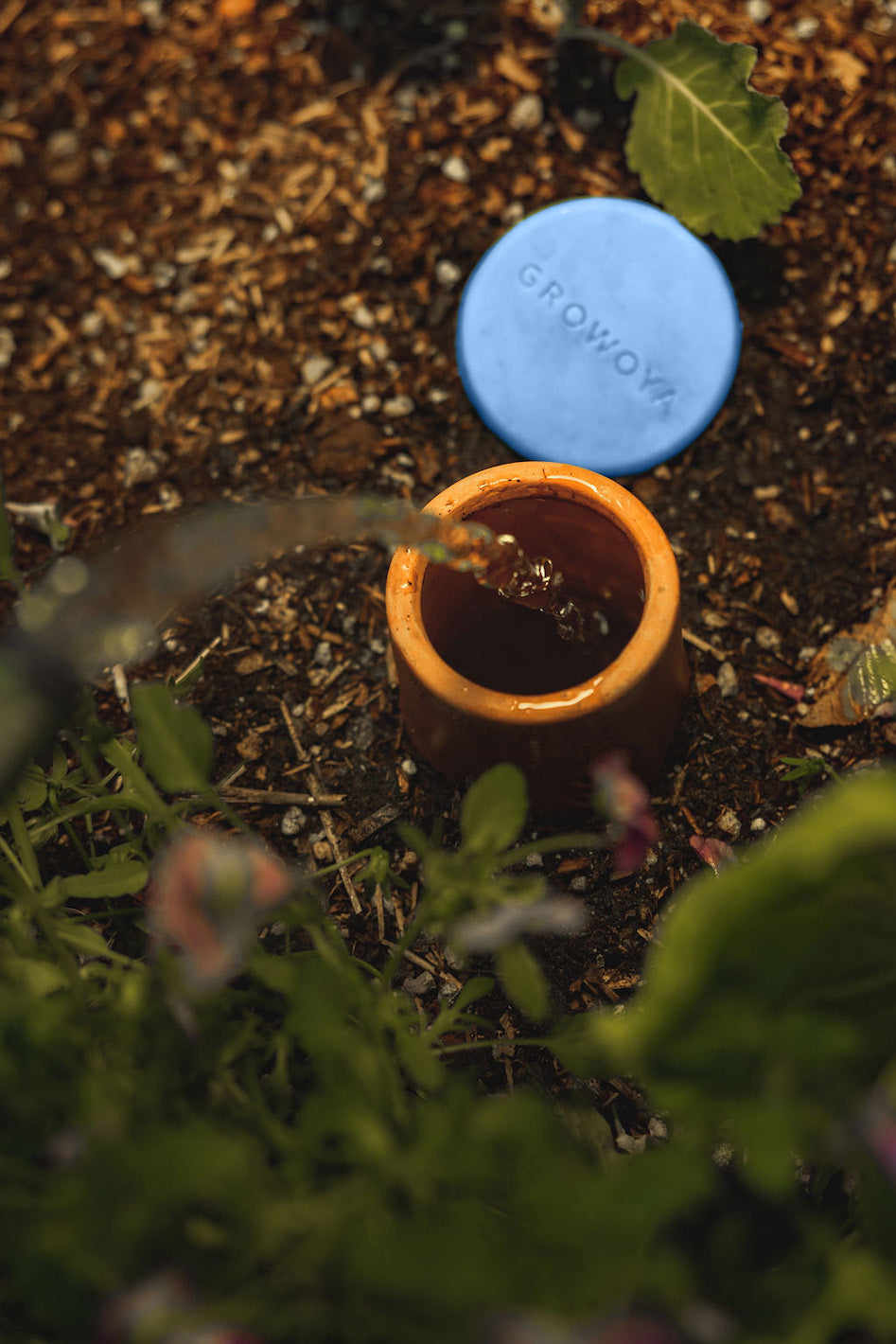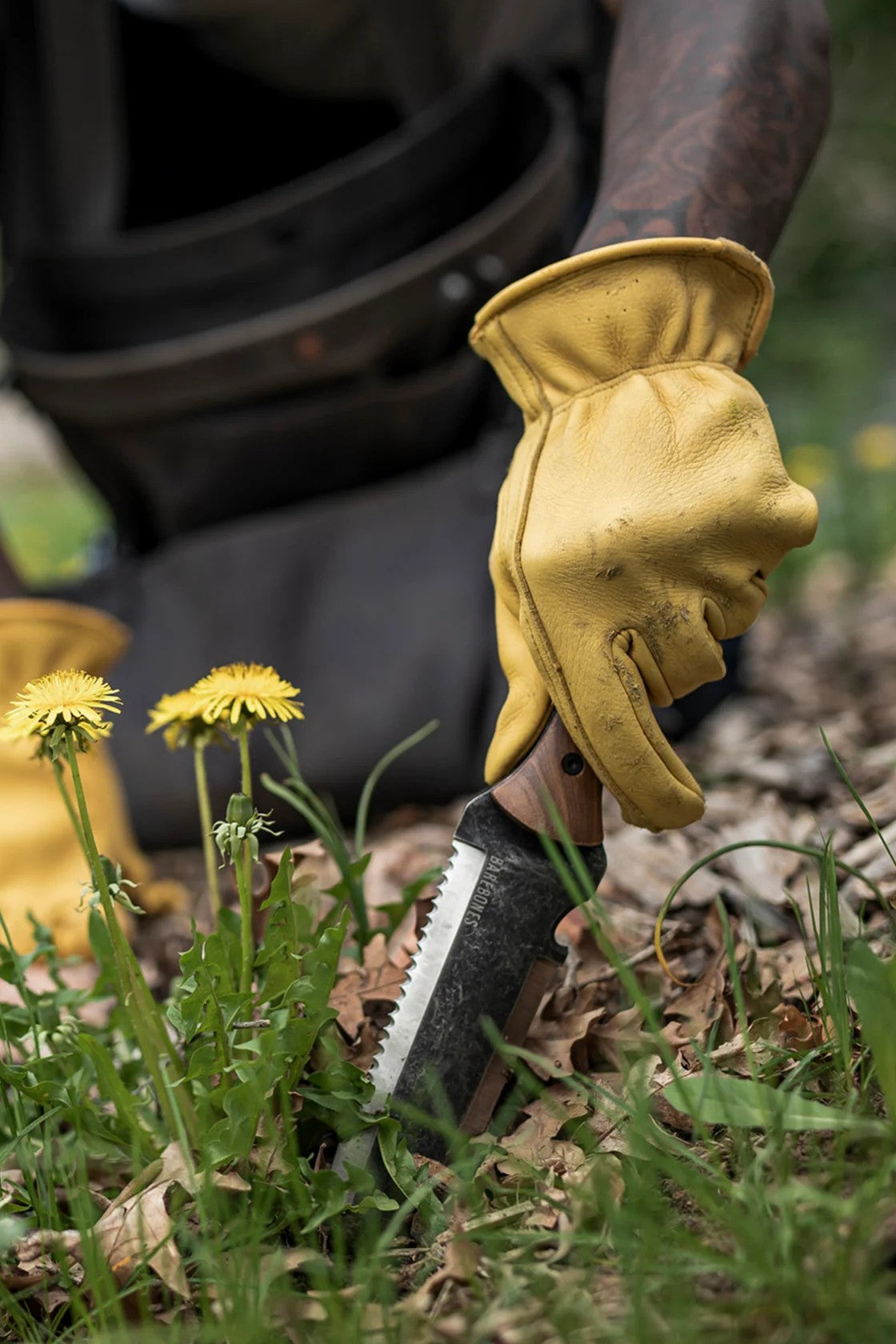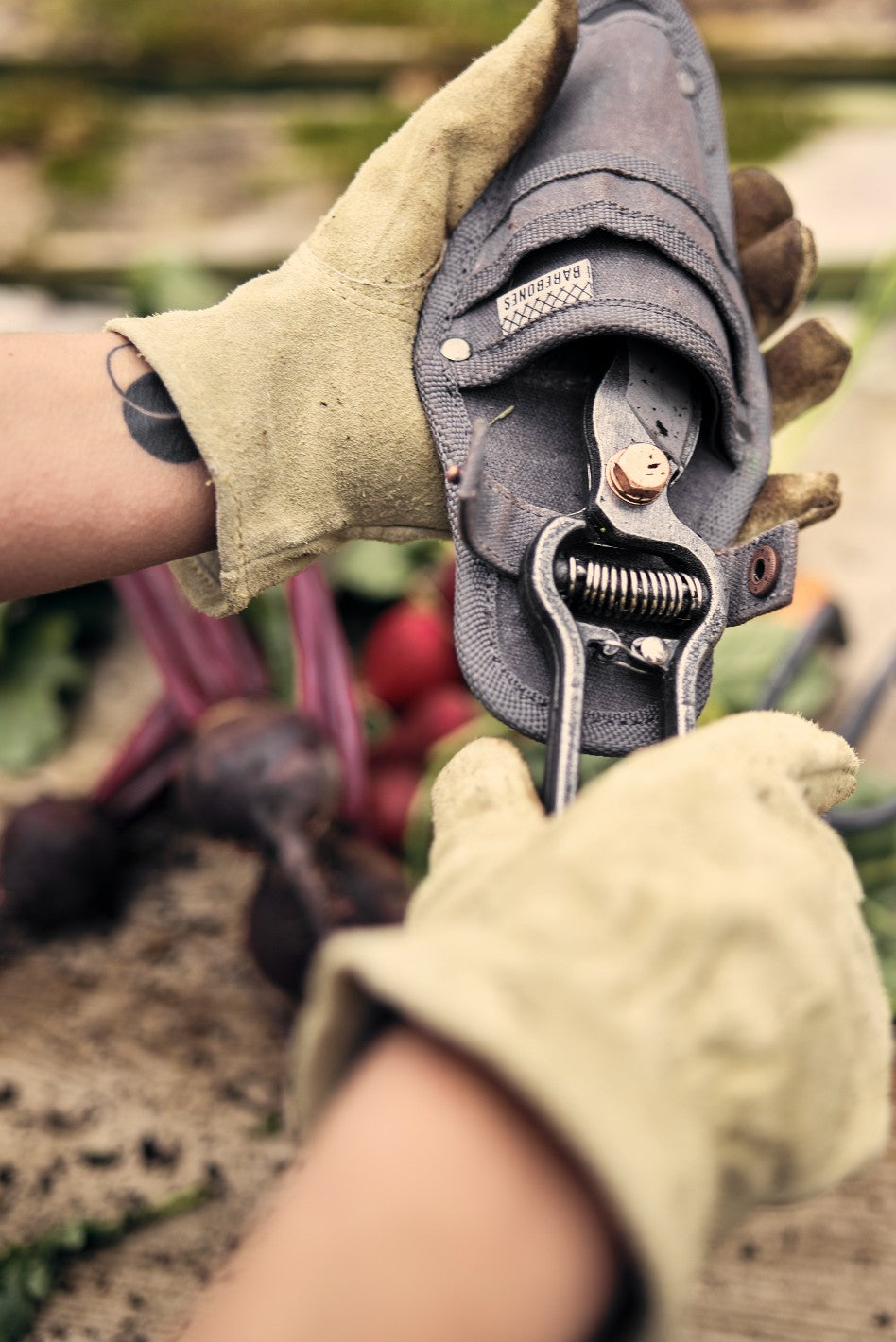In the world of gardening, hydrophobic soil can be a real headache for even the most seasoned gardeners. It's annoying when you realize your garden beds are so dry that they refuse to soak up water, leaving your plants parched. But don't worry; in this blog post, I'll explain what hydrophobic soil is, why it happens, and, most importantly, how to fix it and keep your garden thriving.
What Does Hydrophobic Mean?
Hydrophobicity, in the context of gardening, is a condition where the soil repels water rather than absorbing it. It's like trying to pour water onto a waxed car hood – the water beads up and rolls away instead of soaking into the surface. This phenomenon occurs when soil is left unattended and deprived of regular watering, causing it to become water-repellent.
Why Does It Happen?
Hydrophobicity happens when soil dries out completely over an extended period. The lack of moisture causes the soil particles to become coated with a waxy substance, making it difficult for water to penetrate. This waxy coating creates a barrier that repels water, causing it to run off rather than soaking into the soil.
Can It Be Prevented?
Preventing hydrophobic soil is easier than dealing with it once it occurs. Here are some tips to keep your garden beds from turning hydrophobic:
- Add Organic Matter: Incorporate organic matter like worm castings or compost into your soil. This enriches the soil and creates an environment less likely to become hydrophobic.
- Deep Watering: Regularly deep water your garden beds. For regions in zones 9-11, consider using Oyas (unglazed clay pots) to deliver water to the root zone efficiently. In zones 3-8, deep watering until the first frost date will help keep your soil hydrated. Find your planting zone here.
- Mulching: Mulching is essential. It not only insulates the soil but also locks in existing moisture. This protective layer shields your soil and plants from thermal shock and frost, further preventing hydrophobicity. Learn more about why we recommend straw mulching here.
Different Ways to Rehydrate Them
Now that we understand hydrophobicity and how to prevent it, let's explore the best methods to rehydrate your garden beds when they've already turned hydrophobic. Here's a step-by-step guide:
- Dig a Trench: Start by digging a trench in the middle of the hydrophobic bed. The trench should be about a foot deep. This will serve as your focal point for rehydration.
- Deep Water the Trench: Fill the trench with water slowly and deeply. The goal is to saturate the soil in and around the trench thoroughly. Keep watering until you see a small pool of water forming.
- Let It Soak: Step away for about an hour after deeply watering the trench. This allows the water to penetrate the hydrophobic soil slowly.
- Repeat the Process: Return after an hour and repeat the deep watering process. Add water to the trench until you notice the soil starting to absorb water on its own.
- Incorporate Organic Matter: Once the soil is retaining water properly, it's time to introduce organic matter. Spread worm castings or compost evenly across the bed, then gently mix them into the soil. This enhances the soil's fertility and structure.
- Wait for 24 Hours: After incorporating organic matter, leave the garden bed undisturbed for 24 hours. During this time, the soil will have the opportunity to fully hydrate and regain its health.
Benefits of Using Organic Matter
Let's delve deeper into the benefits of incorporating organic matter into your garden beds:
- Improved Soil Structure: Organic matter acts as a natural soil conditioner, improving soil structure and making it more conducive to water absorption. It loosens compacted soil and allows roots to penetrate more easily.
- Nutrient Enrichment: Worm Castings and compost are rich in essential nutrients. When mixed into the soil, they provide a steady supply of nutrients to your plants, promoting healthy growth and vigor.
- Microbial Activity: Organic matter encourages beneficial microbial activity in the soil. These microorganisms break down organic materials, releasing nutrients and improving soil health.
- Water Retention: Organic matter acts as a sponge, helping the soil retain moisture. This is especially beneficial in arid climates where water conservation is crucial.
Additional Techniques for Rehydration
While the trenching method is highly effective, there are other techniques you can use in combination or as alternatives:
- Soil Wetting Agents: Commercial soil wetting agents or surfactants can be applied to hydrophobic soil. These products reduce the surface tension of water, allowing it to penetrate the soil more easily.
- Aeration: Aerating the soil with a garden fork or aerator can help break up compacted areas and improve water infiltration.
- Regular Watering Schedule: Establish a regular watering schedule once your garden beds are rehydrated. Consistent moisture levels are key to preventing future hydrophobicity. The Oya™ Watering Pot is great for this!
Monitoring Soil Moisture
To maintain healthy, hydrated soil, monitoring soil moisture is essential. You can do this by:
Using a Moisture Meter: Moisture meters are handy tools that provide real-time data on soil moisture levels. Insert the probe into the soil to get an accurate reading.
Observing Plant Health: Pay attention to your plants. Wilting or stressed plants may be a sign of insufficient moisture, indicating the need for more consistent watering.
Checking Soil Texture: Soil should be moist, not soggy or bone-dry. Dig a small hole near your plants and assess the soil's moisture content by feel. Oya™ Watering Pot provides the perfect amount of water—no over or under-watering. Find the right size Oya™ Watering Pot here.

